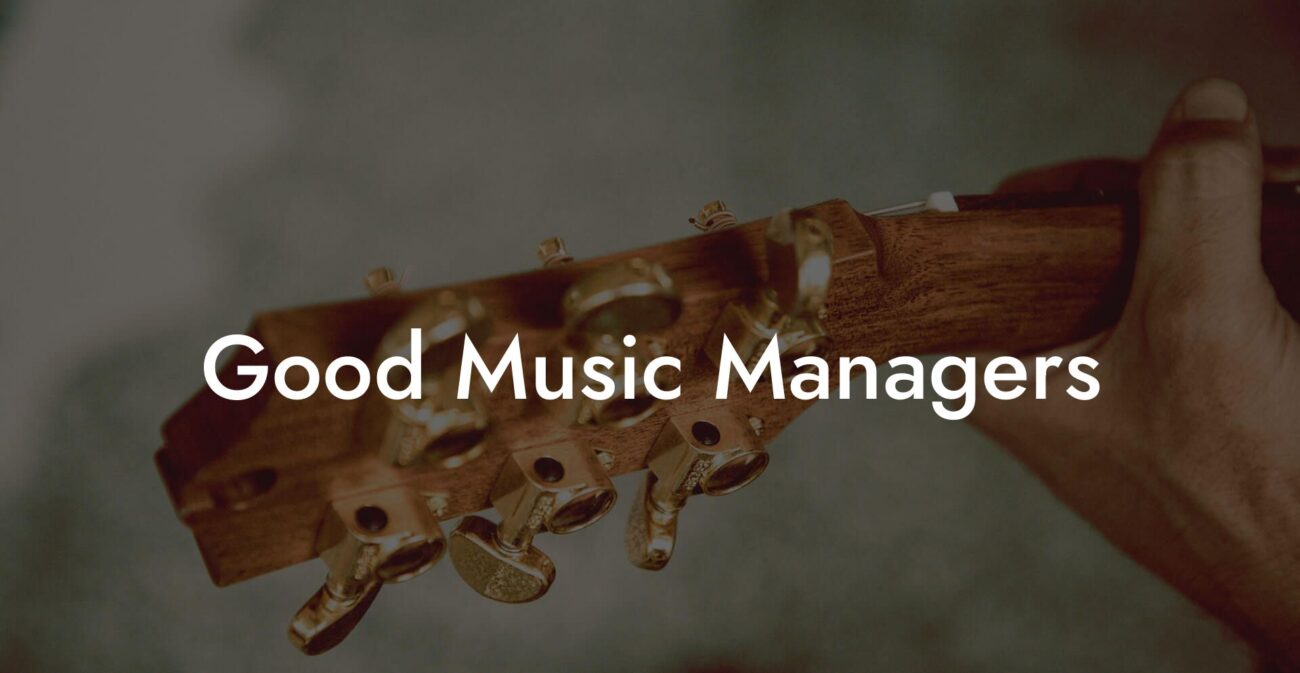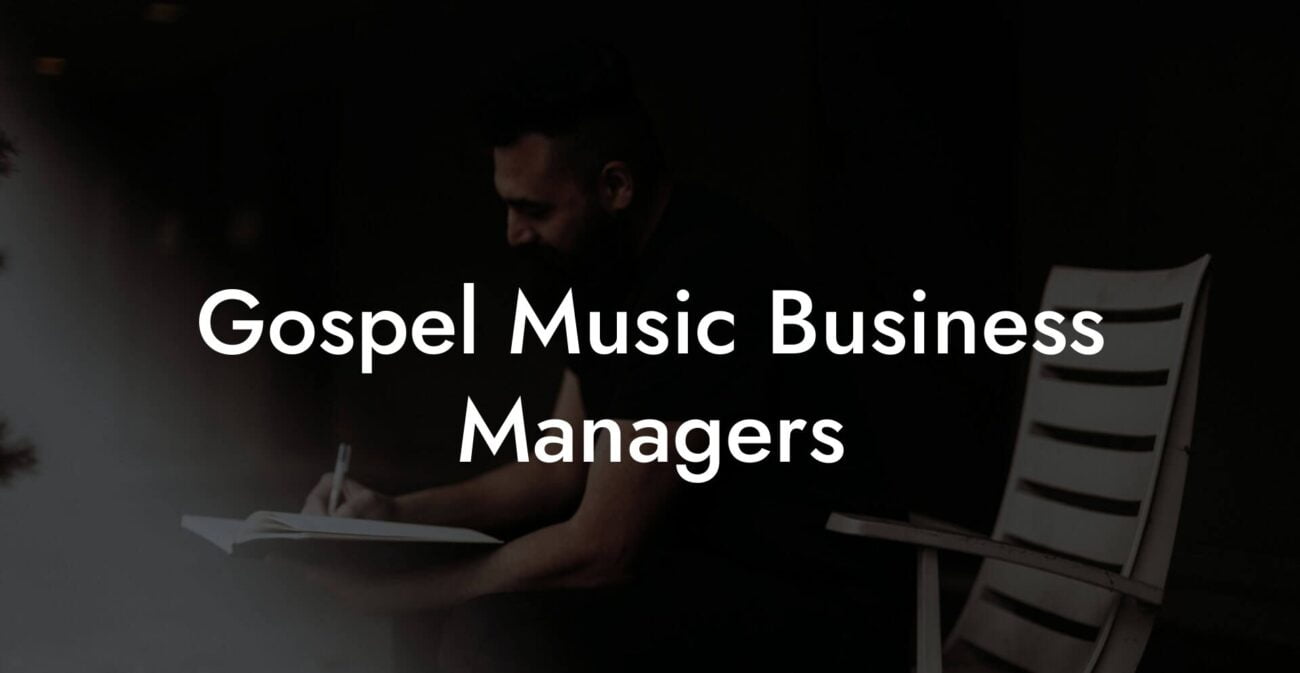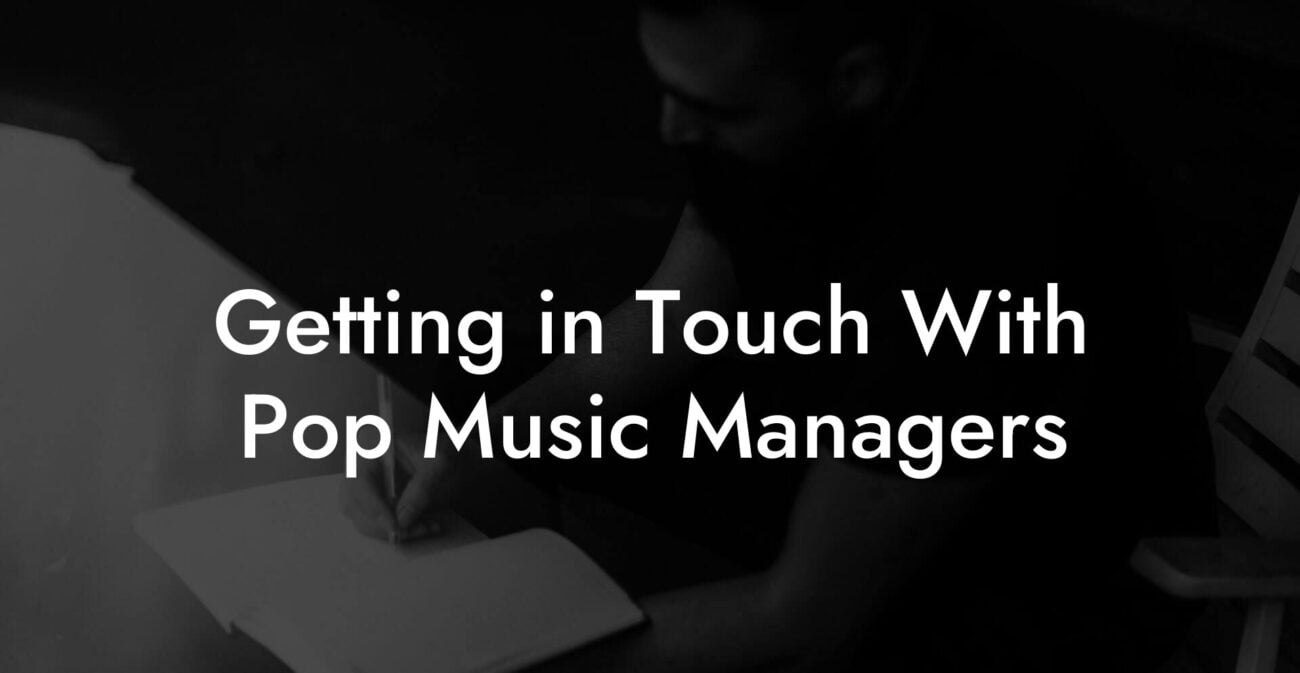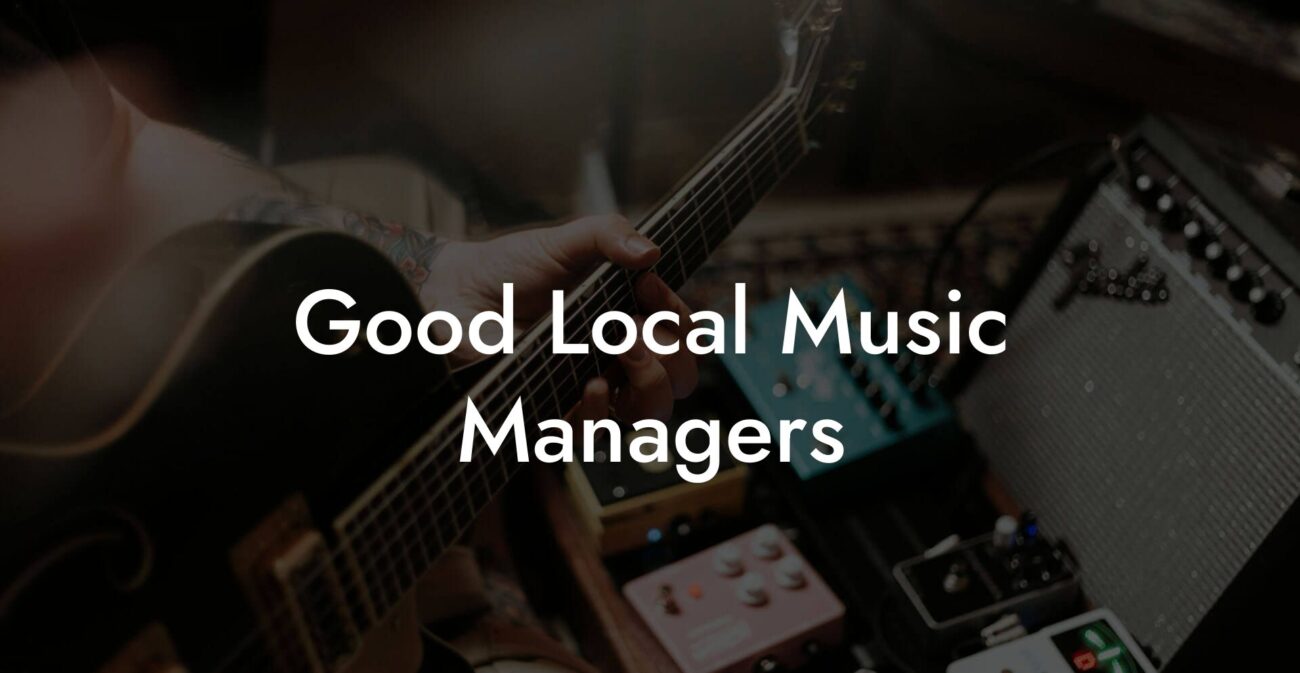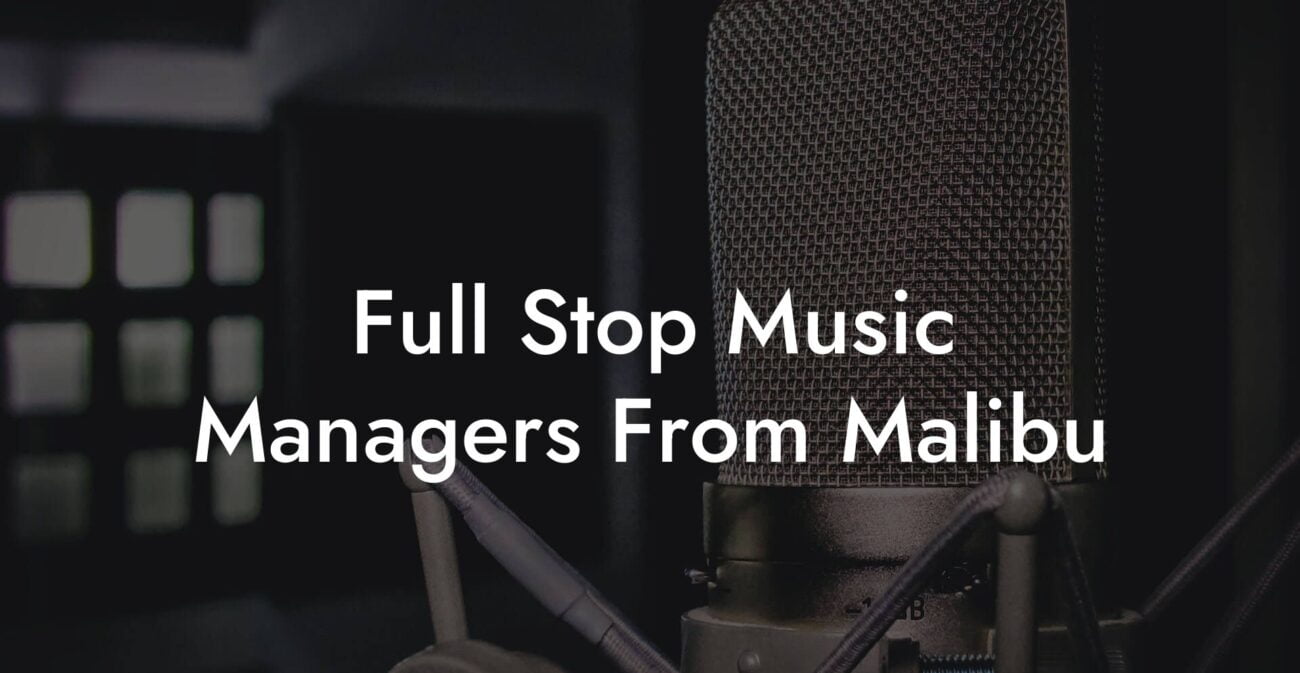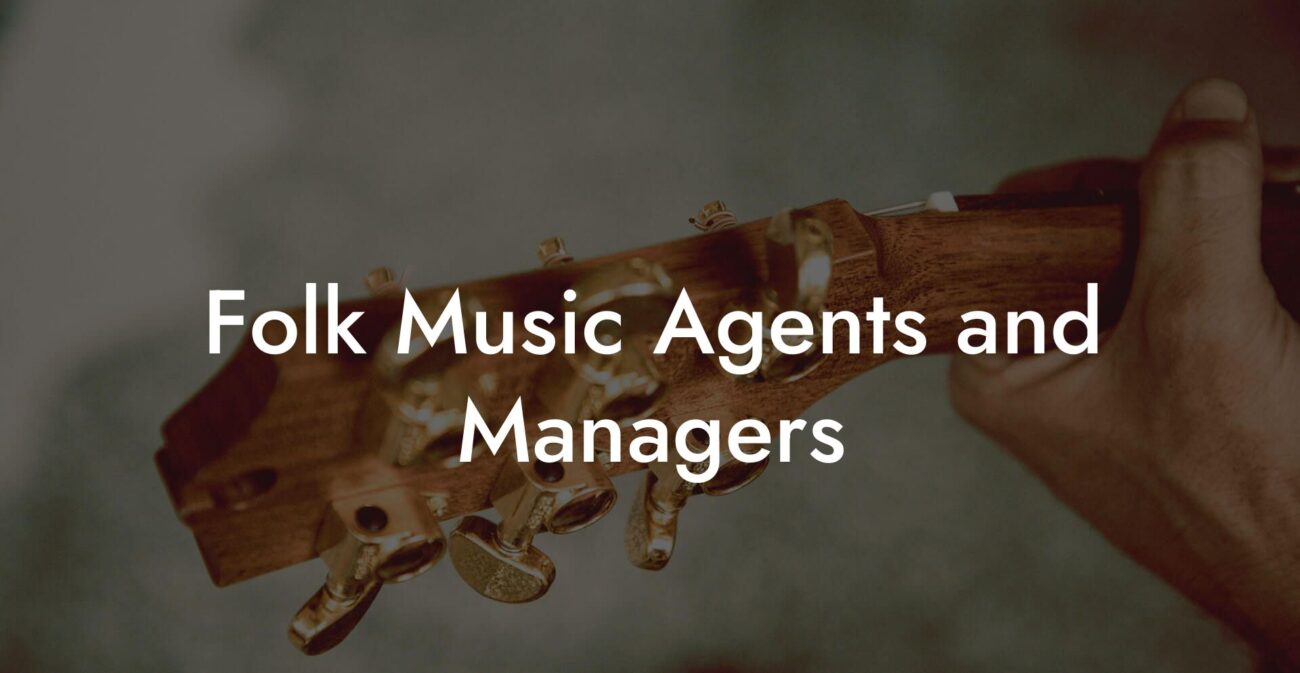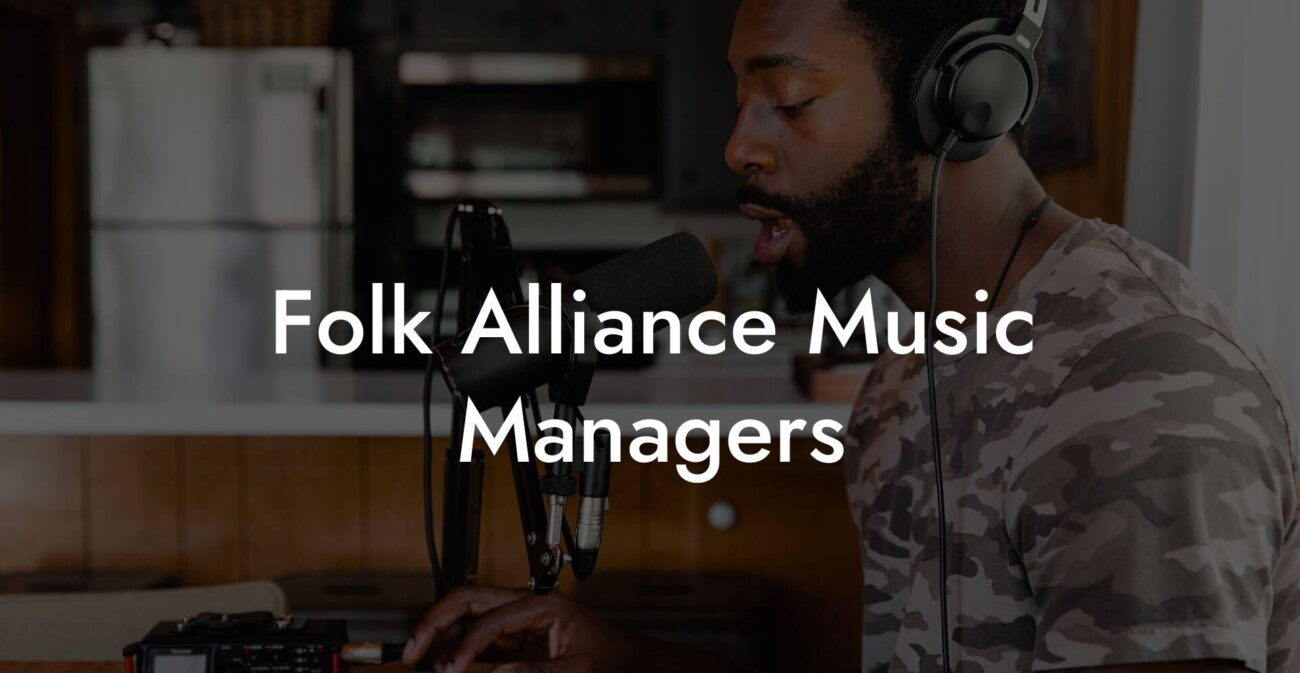Songwriting Advice
How To Write A Sad Song For Beginners
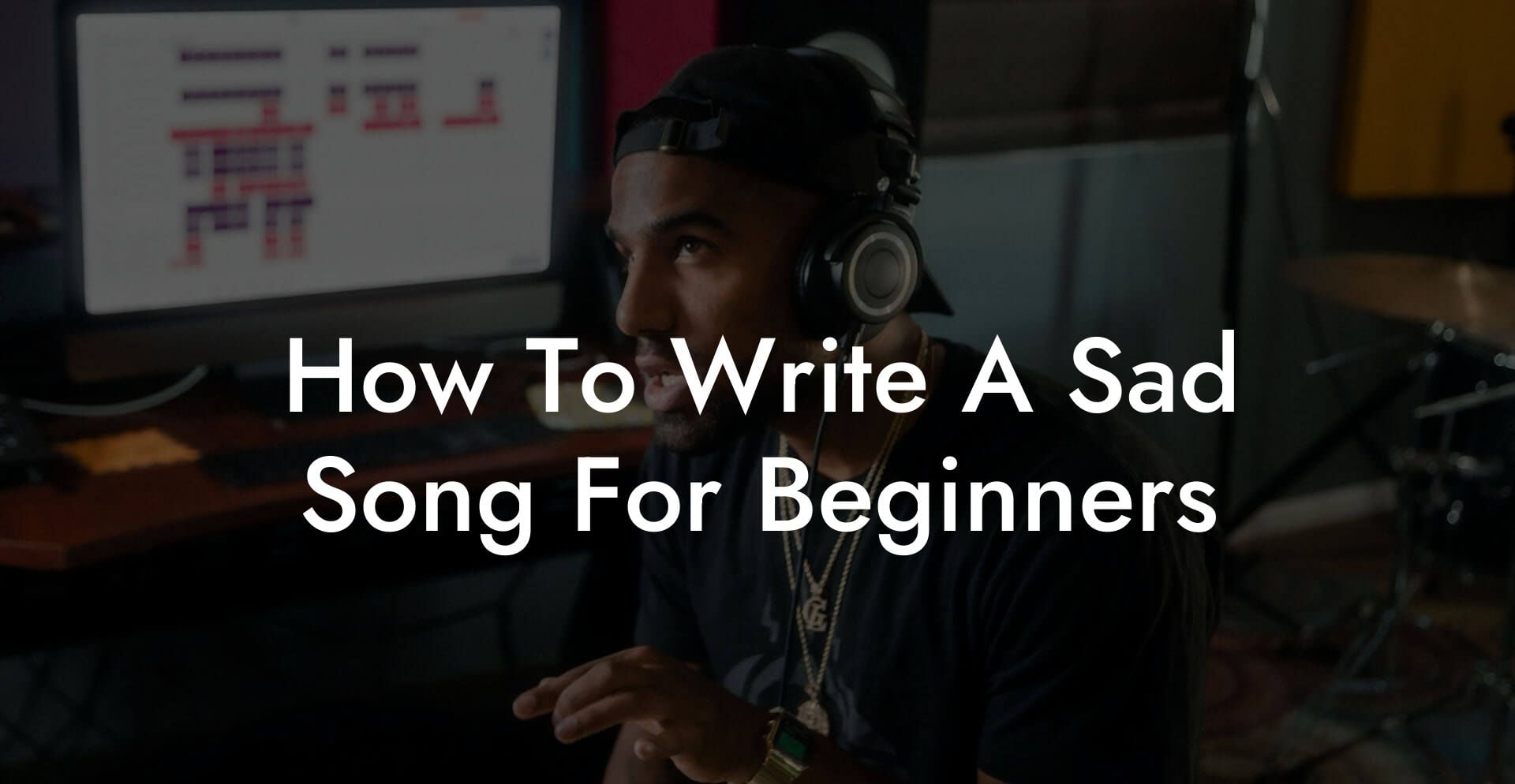
You want to make people ugly cry and then add your song to their late night playlist. You want a lyric that feels true in the throat. You want a melody that sits heavy in the chest. You want the whole thing to sound honest and not like someone reading a bad romance novel with reverb. This guide gives you a complete method to write sad songs that hit deep and still feel like you wrote them.
Quick Interruption: Ever wondered how huge artists end up fighting for their own songs? The answer is in the fine print. Learn the lines that protect you. Own your masters. Keep royalties. Keep playing shows without moving back in with Mom. Find out more →
Quick Interruption: Ever wondered how huge artists end up fighting for their own songs? The answer is in the fine print. Learn the lines that protect you. Own your masters. Keep royalties. Keep playing shows without moving back in with Mom. Find out more →
Quick Links to Useful Sections
- Why sad songs work
- Emotional blueprint: pick your sad
- Real life scenario to steal from
- Title first or last
- Song structure that carries sadness
- Write lyrics that feel true
- Three rules for sad lyrics
- Prosody explained
- Chord choices that make the chest ache
- Common sad progressions
- Melody tips for sad songs
- Vowel choices matter
- The crime scene edit for sad songs
- Write a chorus that feels earned
- Pre chorus and bridge that deepen the feeling
- Bridge idea prompts
- Arrangement and production basics for raw sadness
- Vocal delivery so it sounds real
- Quick demo plan for beginners
- Lyric exercises to write sad faster
- Object drill
- Time stamp drill
- Conversation drill
- Before and after lyric edits you can copy
- Common beginner mistakes and how to fix them
- Examples of sad song sections you can model
- Recording tips that make your demo sound better without a studio
- How to finish the song without burning out
- Marketing and placement tips for sad songs
- FAQ
- Action plan you can use today
This is written for beginners who have feelings and a phone. You do not need a conservatory degree or a million dollar studio. You need a clear plan, a few practical tools, and permission to be messy. We will cover emotional foundation, lyric craft, melody, harmony, arrangement, vocal delivery, production basics, and demos you can make on a laptop. We will also give exercises and quick wins you can do in a single afternoon.
Why sad songs work
Sad songs do the emotional work people cannot always do for themselves. They name the ache. They offer a shoulder. They let the listener feel seen and safe to feel. That is why sad songs tend to be memorable. The trick is to be specific not generic. Specific detail turns pain into a story that other people can live inside.
If you write a lyric that reads like a store brand shower curtain quote the internet will ignore it. If you write one small true detail from your life listeners will believe you. They will borrow your words. They will send your chorus to a messy group chat at two in the morning with the caption I know this. That is the win.
Emotional blueprint: pick your sad
Sad is not a single color. It is a whole messy wardrobe. Choose an angle before you start.
- Breakup The classic. Focus on a specific memory or object from the relationship.
- Regret Missing a chance or saying the wrong thing. Time crumbs matter.
- Loneliness Not just being alone. Show what being alone looks like in small moments.
- Loss The death of someone or something. Use sensory details so the listener can picture it.
- Failure Dreams that did not materialize. Use a scene of the abandoned plan.
Pick one. Keep the rest out of frame. That does not mean you cannot allude to other feelings. It means the core promise of your song should be one believable emotional idea. Write that promise as a single sentence in plain language. That sentence becomes your title candidate and your guide when you edit.
Example promises
- I still check the side of the bed where you left your jacket.
- I said sorry and it was too late.
- The house knows the hours I never fill anymore.
Real life scenario to steal from
Imagine you are at 2 a.m. and you still have the app open that you used to text them. Your thumb hovers but you do not send anything. What does your room smell like? Is there a coffee cup? Is there a light on in the fridge that you keep meaning to turn off? Pick one object. Lock onto it. The object will anchor your verse. People love songs that contain objects because objects are proof. They prove you were there and not just feeling a mood that could belong to any person anywhere.
Title first or last
Some writers pick a title first. Some find it near the end. Both work. For beginners title first gives you a lighthouse to navigate by. Title last gives you surprises to name. If you choose title first make it short and honest. If you choose title last write the song and then pick the line that feels like the theme and make it the title.
Title examples that work for sad songs
- Phone on Do Not Disturb
- Left Over Jacket
- We Are Good At Goodbye
Song structure that carries sadness
For beginners a simple structure is best. The goal is to deliver emotional beats and let them breathe.
- Verse one that shows a scene
- Pre chorus or rising line that pushes toward the feeling
- Chorus that states the core promise or emotional punch
- Verse two that adds another specific detail or consequence
- Bridge that reframes or admits something new
- Final chorus that repeats with a small twist or vocal lift
If you do not like pre choruses skip them. If you love them use them to compress the emotion before the chorus. A bridge can be a small truth that reframes everything. Keep it short and honest.
Write lyrics that feel true
Lyric writing for sad songs is mostly about specificity, verbs, and surprising images. Avoid vague phrases like I miss you or I feel sad without follow up detail that makes the sentence live in the world.
Three rules for sad lyrics
- Show do not tell. Replace general emotions with actions and objects.
- Use time crumbs. Timestamps and small moments make the lyric real.
- Use sensory details. Smell, sound, and texture bring emotional memory fast.
Before and after examples
Before: I am lonely without you.
After: The kettle clicks at midnight and I pretend you are late in traffic.
Before: I regret everything I said.
After: I replay the last message and it lands like a stone in a pond I cannot get out of.
Prosody explained
Prosody means the relationship between how words are spoken and how they sit on the music. In plain terms it means stressed syllables should land on strong beats. If a word feels wrong when sung try saying it out loud like you are talking to a friend. Then write the melody so the natural stresses match the musical emphasis.
Example of bad prosody
Trying to sing the line I miss you on a long note with the stress on miss and the music emphasizing the second syllable of you will feel awkward. Swap words or move the line so the stress matches the beat.
Chord choices that make the chest ache
You do not need advanced theory to write sad chords. Minor keys and certain chord movements are emotionally effective. Here are easy palettes that sound sad and are beginner friendly.
Common sad progressions
- A minor loop Am F C G. This progression moves with a melancholic forward motion and works great for pop and folk. Play Am as A minor. Play F as F major. Play C as C major. Play G as G major. If you are unsure use a capo or transpose to fit your vocal range.
- Minor falling bass Am G F E. A descending bass line often sounds mournful. Try slow strums or arpeggios.
- i VI III VII in natural minor For example in A minor the chords are Am F C G. Same as the first example but described in scale degree language which you can learn later.
- Minor with added color Try Am7 or Em7 to add warmth. The 7 means you add the seventh note of the chord which gives a softer, jazzier tone. If you do not know how to play Am7 just play Am and add the G note on the top string.
Explain terms
- Capo A clamp for your guitar neck that raises the pitch so you can play open chords in a higher key without changing shapes.
- Arpeggio A way to play chords one note at a time instead of strumming all notes at once. It creates a delicate texture that suits sad songs.
Melody tips for sad songs
Melody in sad songs often lives lower in the vocal range and uses small, aching leaps. Sing as if you are confiding in one person. Use a repeated melodic motif to make the chorus feel like a wound being touched each time.
- Keep range narrow. A smaller range makes the vocalist sound intimate. Think of the melody like a conversation near a bedside lamp.
- Use stepwise motion. Moving by step instead of large jumps feels more natural and more vulnerable.
- Place the title. Put your title on a slightly longer note in the chorus so it breathes. The ear can hang on it.
- Melodic hook. Use a small repeated sequence of two or three notes. Repetition creates memory and a place for the listener to rest.
Vowel choices matter
Open vowels like ah oh and oo carry more on long notes. If the chorus has a long note choose a vowel that is comfortable to sing. That is why many powerful notes end on words like heart or home. Test lines on vowels first before committing to exact words. This technique is often called a vowel pass. It helps you find singable shapes quickly.
The crime scene edit for sad songs
Every sad line must earn its place. The crime scene edit is a ruthless pass where you remove anything that explains instead of shows or that repeats without adding new information.
- Underline every abstract word like lonely, sad, or heartbroken. Replace each with a concrete detail whenever possible.
- Delete filler lines. If a line exists only to connect two good lines cut it and glue the two good lines together.
- Keep one image per verse. Too many images feel like a collage and can confuse the listener.
Before and after
Before: I feel empty and I do not know what to do.
After: The coffee goes cold in the mug you left in the sink and I forget how to make tea right side up.
Write a chorus that feels earned
Your chorus is the emotional thesis. It should be short and repeatable. Aim for one to three lines that say the core promise with clarity. Avoid showing every detail in the chorus. Let the verses do the work and the chorus do the naming.
Chorus recipe
- State the core promise in plain language on the first line
- Repeat or paraphrase that idea for emphasis on the second line
- Add a small twist on the final line for emotional consequence
Example chorus
I still check your name on my phone at three. I still check your name and nothing is there. I put the screen down and pretend it is sleep.
Pre chorus and bridge that deepen the feeling
The pre chorus can be a breath that tightens before the chorus drops. Use it to compress the tension and hint at the chorus without giving it away. Short words and quick rhythm work well. The bridge is a place for a confession or a new angle that recontextualizes the verses. Keep the bridge short and personal.
Bridge idea prompts
- Reveal the small truth you were hiding from yourself
- Ask a rhetorical question the listener can answer in their head
- Offer a tiny image that rewrites an earlier line
Arrangement and production basics for raw sadness
You do not need heavy production to sound sad. Often less is more. Think of the arrangement as a frame for the voice. The simpler the frame the clearer the emotion.
- Piano or guitar lead Intimate instruments like piano or acoustic guitar are classics for sad songs. Arpeggios or soft strums work well.
- Space Use silence like seasoning. A small pause before the chorus can make the first chorus land like a gut punch.
- Strings or pads A single pad or a cello line can add warmth without crowding the vocal.
- Rhythm Slow or absent. A metronome click or subtle brush snare is enough. Too much rhythm pushes the song into a different energy.
- Production trick Double the vocal for a chorus but keep verse vocals single tracked. Doubles create a feeling of support or echo depending on how you mix them.
Explain terms
- DAW Digital audio workstation. This is the software you use to record like GarageBand, Ableton Live, Logic Pro, or FL Studio.
- VST Virtual studio technology. These are plugins that generate sounds like pianos, strings, or synths inside your DAW.
Vocal delivery so it sounds real
Sad vocals are more about intention than perfect pitch. Sing like you are telling someone a secret you cannot say out loud otherwise. Here are practical tips.
- Record two passes One intimate, close mic style and one slightly bigger for the chorus. Comp them together by picking the most honest lines.
- Use dynamics Start quieter and allow the chorus to open. That contrast makes the chorus feel earned.
- Leave breaths Do not edit every breath out. Small breaths make the performance human.
- Vocal fry and cracks A tiny crack can sell emotion. Do not force it. If it happens, keep it.
Quick demo plan for beginners
Make a simple demo that communicates the song. You only need a phone and a laptop for the first useful demo.
- Pick a key you can sing comfortably in. Record a two chord loop on your phone or in your DAW.
- Record a vowel pass. Sing melodies on ah oh oo for two minutes. Mark the moments you like.
- Write the chorus first using the chorus recipe and then write one verse.
- Record a clean vocal over the loop with minimal instruments. Keep it honest not perfect.
- Share with one honest listener and ask what line they remember. If they remember the chorus you are doing fine.
Lyric exercises to write sad faster
Object drill
Pick one object in your room. Write four lines where the object appears and does something. Ten minutes. Make each line a different camera shot.
Time stamp drill
Write a chorus that includes a specific time and a day. This is a time crumb that makes a lyric believable. Five minutes.
Conversation drill
Write two lines as if you are answering a text you wish you had sent. Keep real punctuation. Five minutes. These lines will often become chorus candidates.
Before and after lyric edits you can copy
Theme I am tired of waiting.
Before: I am tired of waiting for you to call.
After: I leave the porch light on and then I turn it off at three because I am tired of tricking myself into hope.
Theme I miss the small things.
Before: I miss your laugh.
After: Your laugh lives in the coffee maker now. It clicks when it thinks of the two of us.
Common beginner mistakes and how to fix them
- Everything is abstract Fix by inserting one concrete object per verse.
- Too many ideas Fix by committing to one emotional promise and cutting the rest.
- Chorus that lectures Fix by making the chorus the name of the feeling not the whole lecture about it.
- Producing like a radio DJ Fix by pulling back. If the mix distracts from the vocal simplify arrangement and reduce elements.
Examples of sad song sections you can model
Verse: The hallway light remembers the evening we mapped trajectories. I kick my shoes under the coat you left hanging like a question mark.
Pre chorus: I rehearse the apology on the drive home and get the words wrong every time.
Chorus: I keep your jacket on my chair so the room looks like you still live here. I keep it like a monument of luck I never had.
Recording tips that make your demo sound better without a studio
- Use a modest microphone Even a USB mic gives better clarity than a phone if you can. If not, use the phone and get close but not on top of it.
- Treat the room Put a blanket behind you or sing in a closet. Soft surfaces reduce echo and make vocals intimate.
- Comping Record several takes and choose the most honest lines. Comping means assembling the final vocal from the best parts of multiple takes.
- Reverb Add a small room reverb and then a little plate reverb on the chorus if you want a little shine. Too much reverb turns clarity into fog.
- Delay A single slap delay on certain words can make them linger. Sync delay tempo if you know the BPM. BPM means beats per minute and tells the delay how fast to repeat.
How to finish the song without burning out
Finish by locking the chorus first. Then do one verse and a bridge. Stop when the song says everything it needs to say. A finished sad song is not the one with the most lines. It is the one that leaves space for the listener to put themselves in it. If you keep adding details you may be trying to control the listener s feelings. Let them fill some blanks.
Marketing and placement tips for sad songs
Sad songs live on playlists titled late night, heartbreak, rain, and breakups. Think about where your song fits emotionally and sonically. Pitch to playlists with honest tags and make sure the title and artwork match the mood. A sad song with a bright title confuses algorithmic playlist curators and actual humans.
Real life tip
If your song mentions a specific time of day put that time in the metadata or the pitch. Curators love clear moods. For example call it Here At Three A M or Porch Light On and that specificity will help your song land in the right context.
FAQ
Do I need to be sad to write a sad song
No. You need emotional honesty not trauma. You can write sad songs from imagination, memory, or observation. Use a real object or a tiny truth and tell it plainly. Acting sad without truth risks cliché. If you are not feeling sad pick a memory or imagine a scene and write it like you are texting it to a friend. That verisimilitude often translates into real feeling.
What instruments make a sad song
Piano and acoustic guitar are reliable. Strings or a low synth pad help. A clean electric guitar with reverb or a sparse upright bass can be very effective. Choose one lead instrument and keep other elements supporting not competing. The voice should remain the focal point.
How long should a sad song be
Most sad songs land between two and four minutes. The key is pacing. Let verses breathe and do not repeat the same idea too many times. If your song repeats without adding depth listeners will tune out. Use a final chorus with a small variation to give closure without over explaining.
How do I avoid sounding like every other sad song
Use one small original detail. A unique object, a personal routine, or a tiny embarrassing memory will set you apart. Give the listener a camera shot they could not imagine unless they were in your life. That is how you make a familiar emotion feel new.
Should I write sad lyrics first or make a melody first
Either works. If you write lyrics first you can shape melody around the natural stresses. If you find melody first do a vowel pass to lock the shape and then insert words that match the rhythm. For beginners writing the chorus lyric first gives you a clear anchor to craft melody around.
Action plan you can use today
- Write one sentence that states the emotional promise in plain language. Make it your working title.
- Pick a chord loop like Am F C G. Play it slowly and record a two minute vowel pass on your phone.
- From the vowel pass mark two gestures you like. Shape a short chorus around the working title and sing it over the loop.
- Write verse one using one object and one time crumb. Do the crime scene edit and keep only the lines that show.
- Record a simple demo with voice and one instrument. Share with one trusted listener and ask which line they remember. That line is your hook. Keep polishing until that line sticks.


